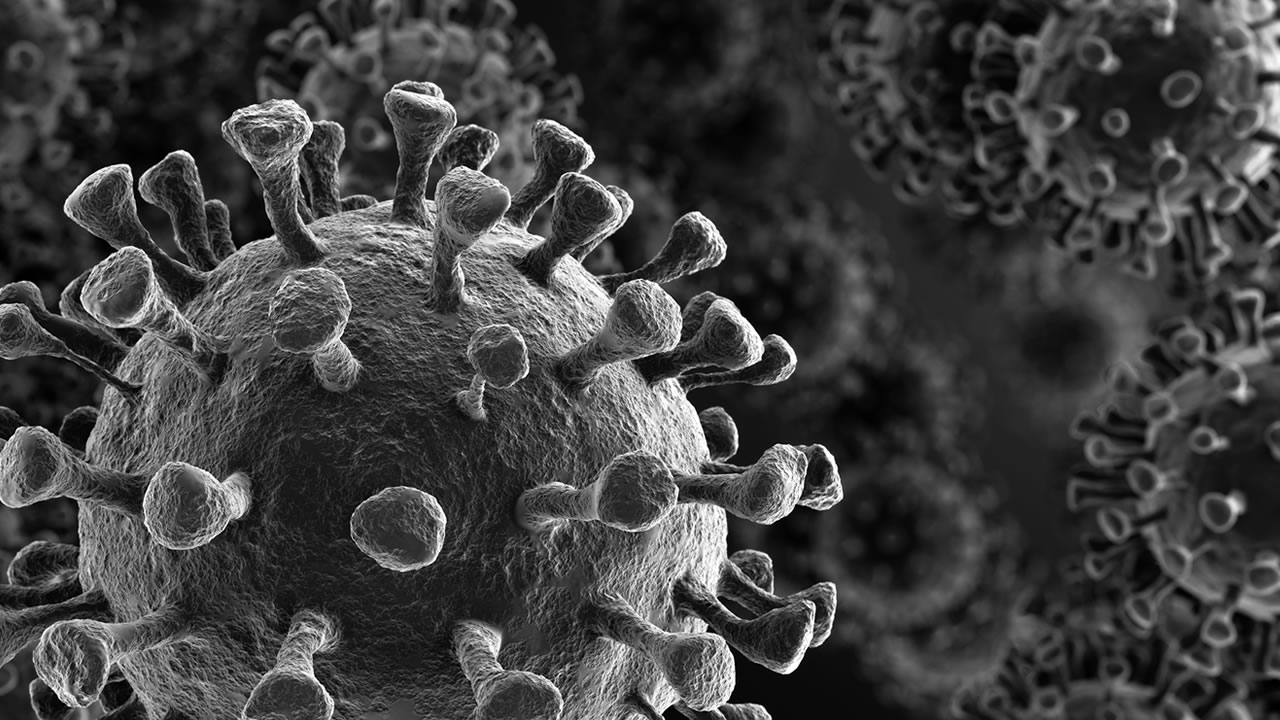Reopening California: Here's when researchers project California can start to lift restrictions

SAN FRANCISCO -- It's the question on everyone's minds: When will California reopen and when will shelter-in-place orders be lifted?
Eager Californians were hoping for specific timing details from Gov. Gavin Newsom during his daily briefing on the novel coronavirus pandemic Wednesday. He said he understood people's desire to get answer to the question of "when," but said, "We are not prepared to do that today." (Instead, he outlined steps the state was taking toward reopening. Read the full story here.)
In the meantime, researchers at the University of Washington are offering a best guess.
The university's Institute for Health Metrics and Evaluation (IHME) has updated its models to offer an initial projection of when states might be able to lift shelter-in-place orders and ease social distancing restrictions, as long as containment measures are in place. (The IHME describes containment measures as "widely available testing, contact tracing and case-based isolation, restrictions on mass gatherings.")
The outlook is brighter for California than most other states, where restrictions could start rolling back starting May 17.
INTERACTIVE TIMELINE: How close was CA to becoming a NY-level crisis?
Based on current data, twelve states will have to wait until at least June 8 to ease restrictions: Utah, Arizona, North Dakota, South Dakota, Nebraska, Kansas, Oklahoma, Iowa, Arkansas, Kentucky, Georgia and Florida.
According to the model, Nebraska should be the last state to ease up, starting no earlier than June 30.
The IHME model has been tracking state's number of COVID-19 cases and deaths, as well as hospitalizations, over time to chart out a curve and projected peaks. According to the model, California was four to nine days past its peak on Wednesday.
The IHME model of the coronavirus curve has been widely used as a tool to track the pandemic's progression, but since there is no data precedent for this type of outbreak (nor the containment measures that followed), experts are warning against using the model to predict the future or make policy decisions.
RELATED: CDC warns 2nd, stronger wave of coronavirus could hit U.S. next winter

Gov. Newsom has already outlined the six criteria he'll be keeping an eye on before making any decisions to reopen:
- Expand testing and doing contact tracing for those who test positive
- Being able to protect California's most vulnerable populations, including seniors, homeless individuals and those with compromised immunity
- Ensuring medical facilities are equipped to handle potential surges
- Working with research hospitals and other research partners to pursue therapies for the virus
- Making sure businesses, schools, and other public spaces can continue physical distancing
- Being able to return to more strict measures, as needed
On Wednesday, Newsom announced a modest step toward normalcy: starting to schedule essential surgeries once again. The change is being done in coordination with Washington and Oregon and is effective immediately, he said.
He also explained several measures the state is taking to expand testing, contact tracing and the capability to isolate people who have been exposed.
"I wish I could prescribe a specific date to say we could turn on the light switch and go back to normalcy. We've tried to make it crystal clear there is no light switch and there is no date."
He later added, "I can assure you those decisions will be forthcoming and will be based upon science, data and the spread of the virus."
See the full findings from IHME here.
Get the latest news, information and videos about the novel coronavirus pandemic here














